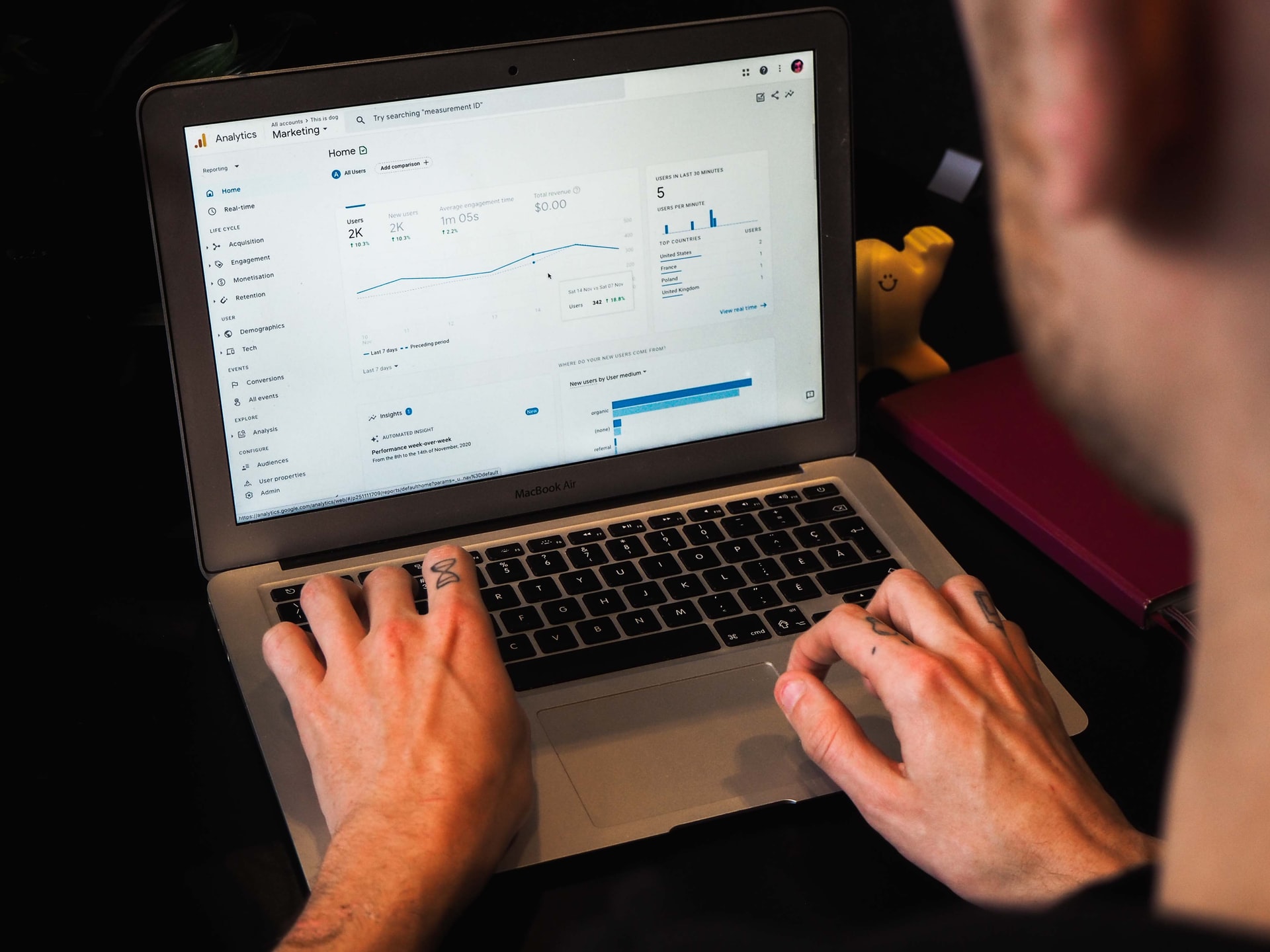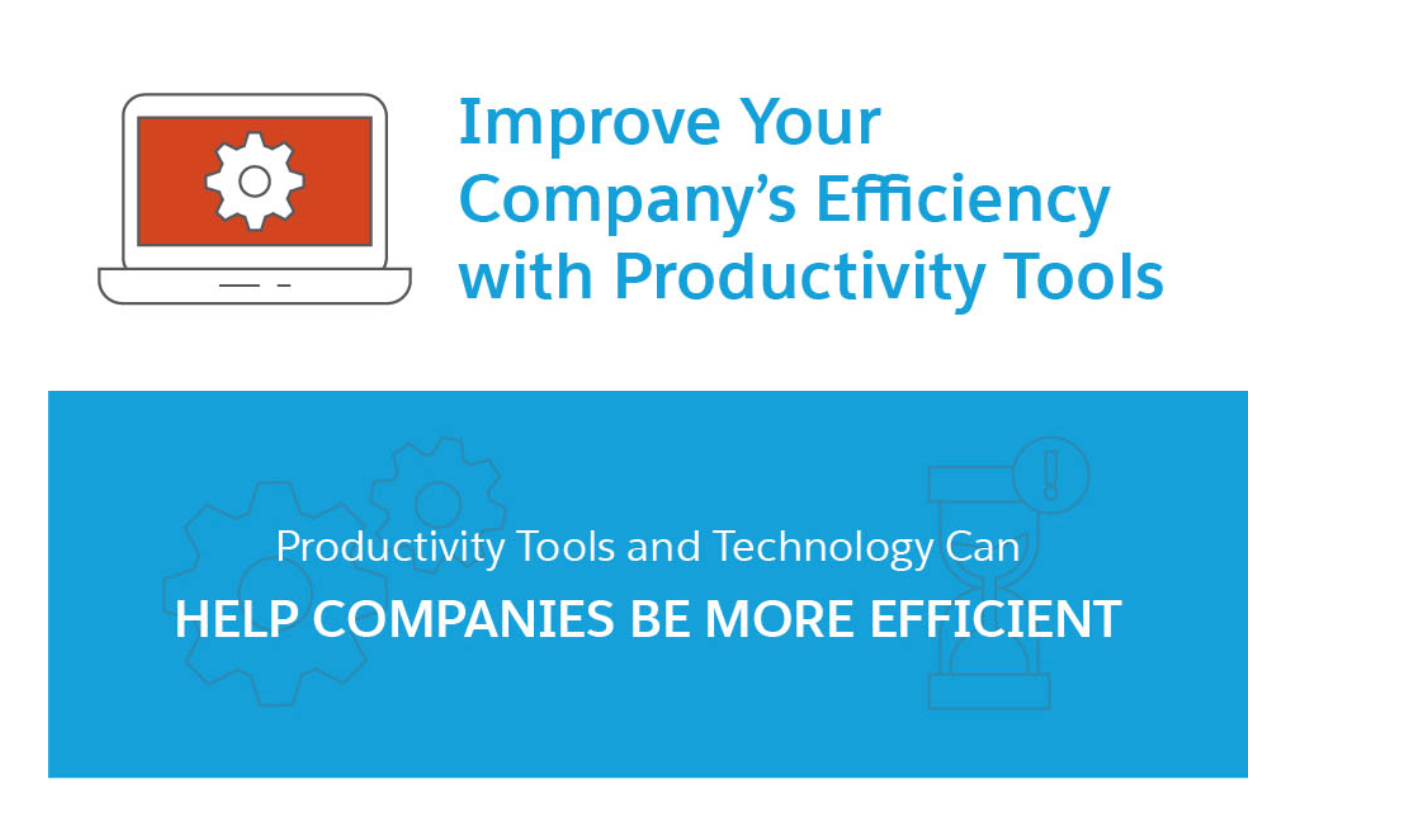6 Healthy Habits Digital Marketing Employees Should Develop
November 30, 2021
7 Useful Apps To Improve Your Business Marketing
June 18, 2021
Here’s 5 Ways To Increase The Productivity Of Your Business Today
February 24, 2021
Productivity Tools to Improve Efficiency
January 1, 2021








